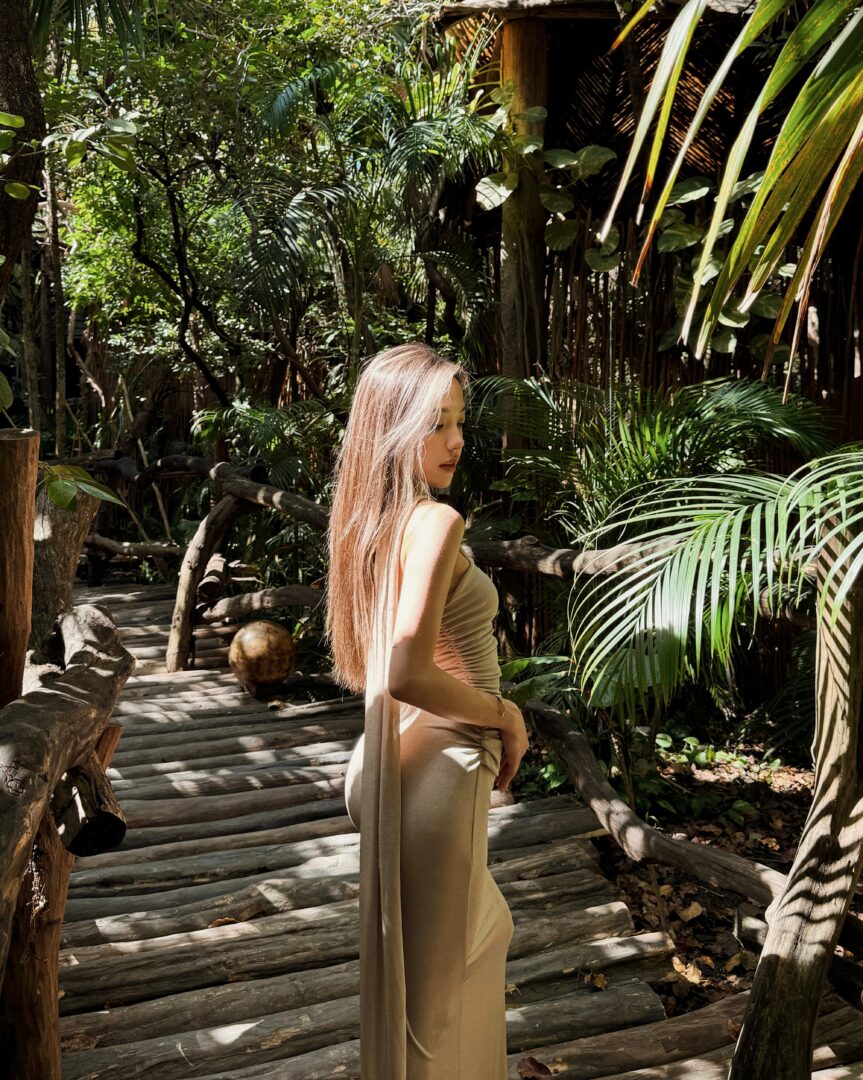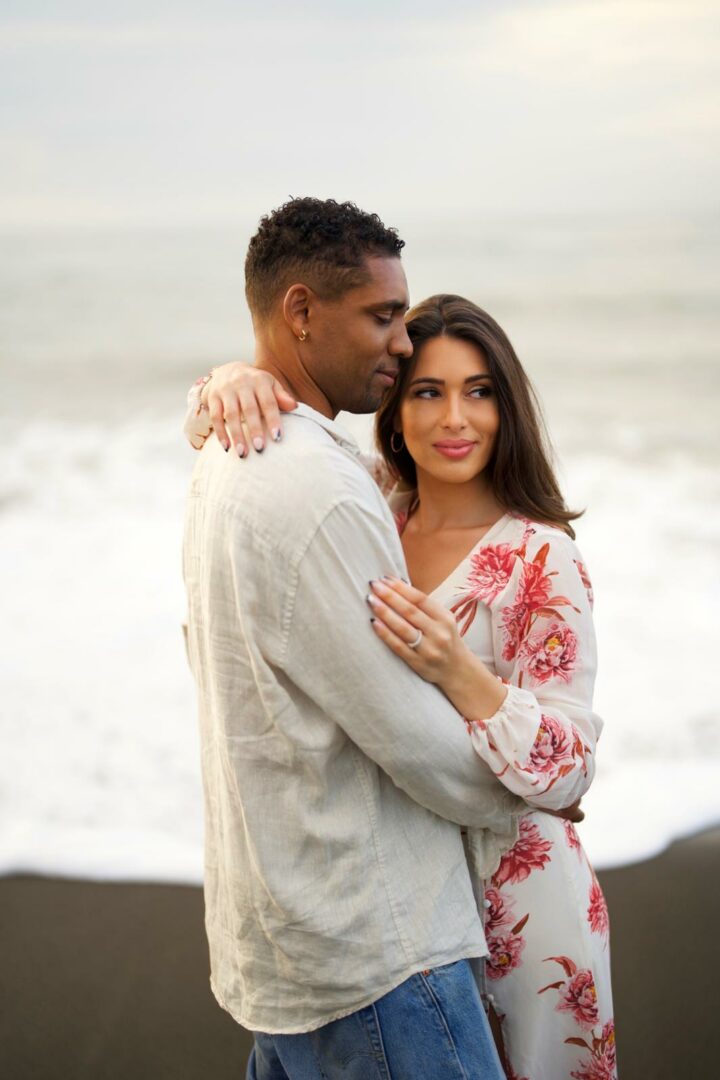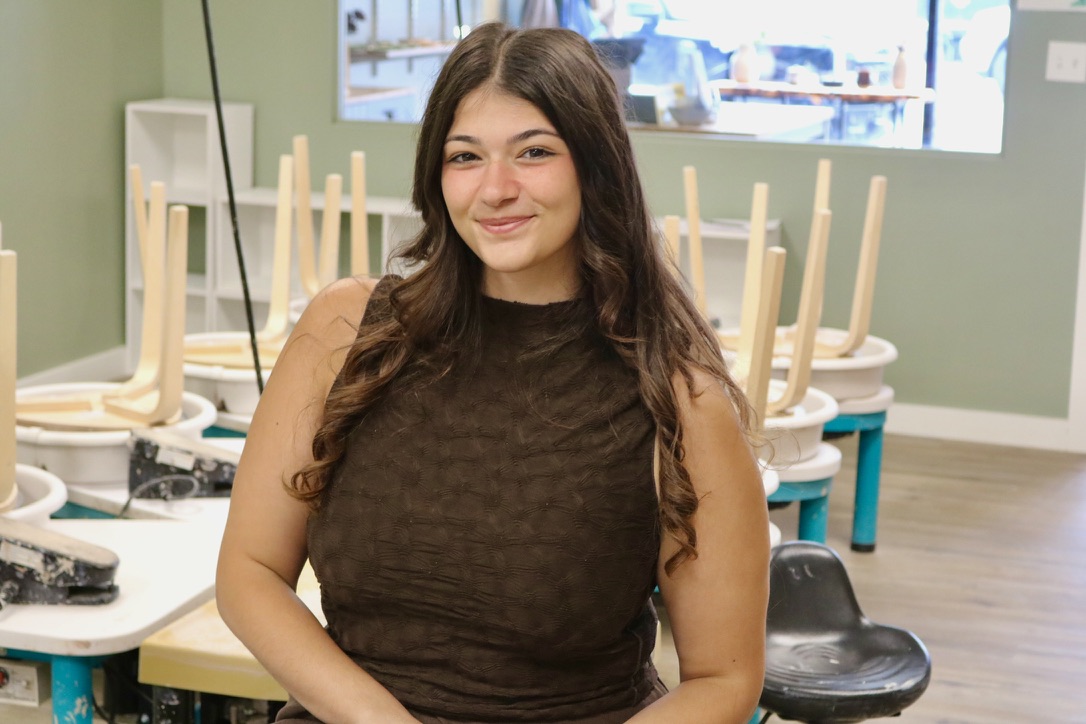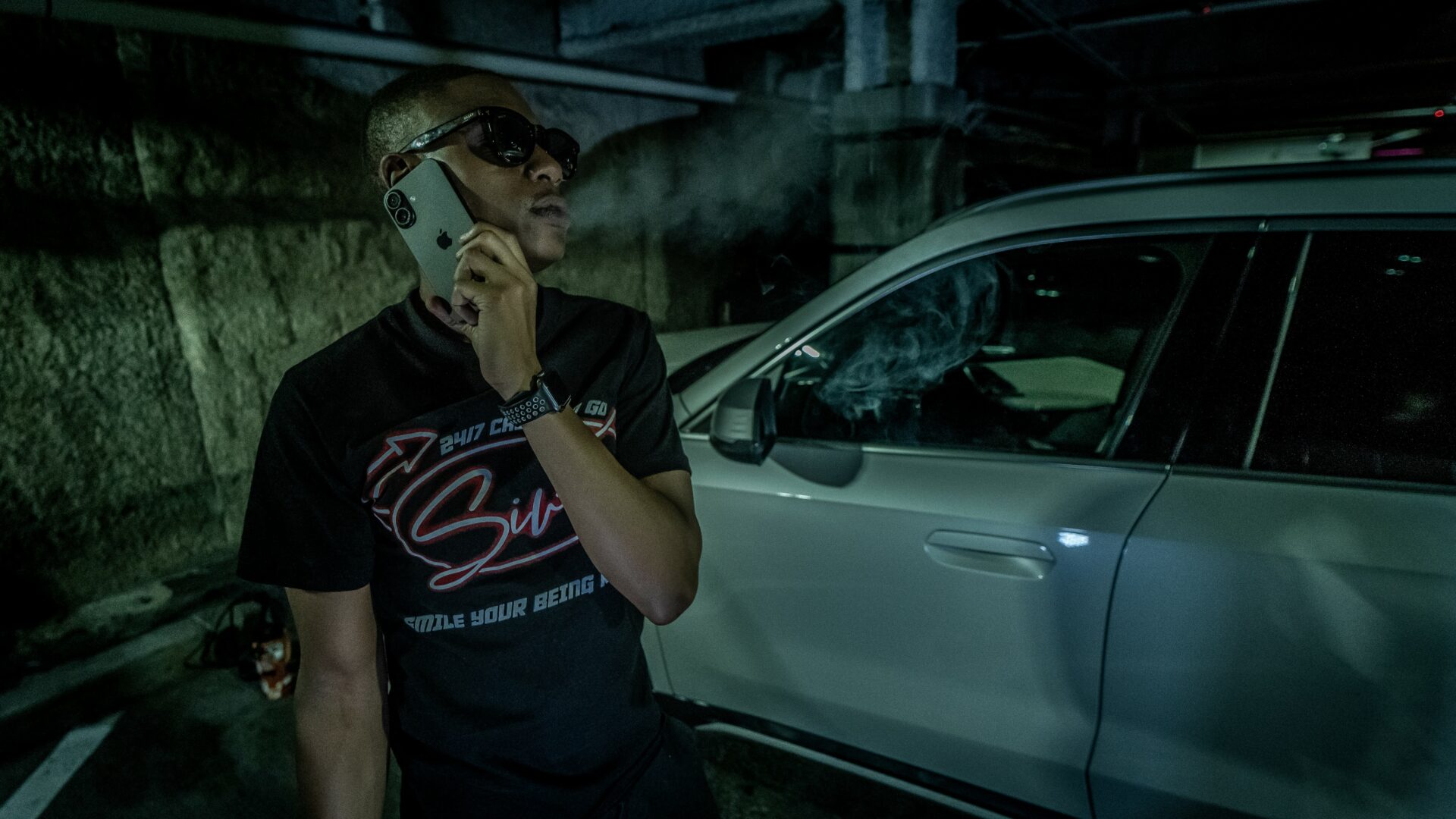We recently connected with Coco Tsai and have shared our conversation below.
Coco, so excited to have you with us today. So much we can chat about, but one of the questions we are most interested in is how you have managed to keep your creativity alive.
I believe creativity is truly the starting point of everything. But not everyone is naturally overflowing with ideas or born with endless inspiration—and I’m certainly not one of those people. To keep creativity alive, I think the first step is to keep your five senses alive. That means not just letting them function passively, but consciously expanding their sensitivity—making intentional connections between what you see, hear, touch, and allowing those sensations to blend and transform through your own imagination.
For example, during a recent trip, I stayed in a small cabin where the shower had a large, round showerhead positioned directly overhead. It was so clean and reflective that it looked like a mirror. As water poured down, I noticed that its reflection on the surface of the showerhead created the illusion that the water was flowing upward—like an anti-gravity effect. In that moment, I imagined a futuristic sci-fi installation that used mirrors of various sizes and heights to simulate different directions of water flow, injecting a sense of motion into what would otherwise be a static installation.
Thus, I would say the most important factor in keeping creativity alive is how much the creator is willing to receive from the world—and how they choose to translate that input into other form of expression.
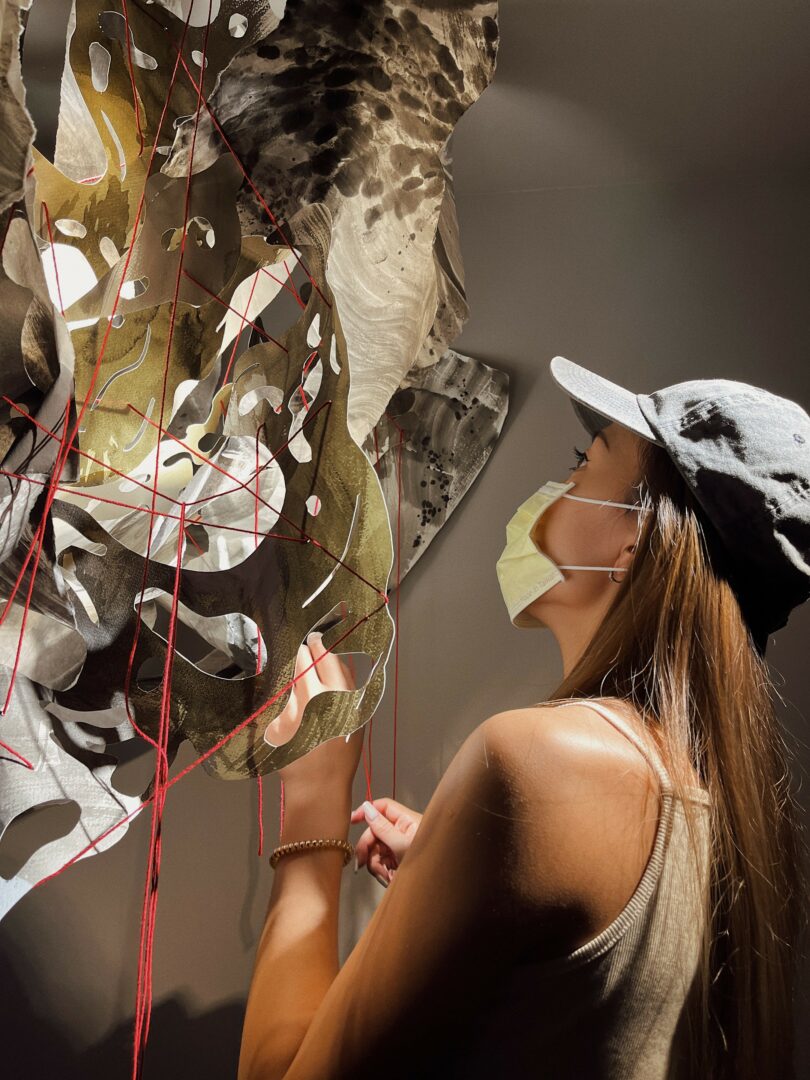
Thanks for sharing that. So, before we get any further into our conversation, can you tell our readers a bit about yourself and what you’re working on?
As someone who didn’t grow up or receive my early education in the U.S., I’ve faced many challenges throughout my academic and professional journey. I completed all of my education in Taiwan up until my first year of university, where I studied architecture. I truly enjoyed that time—it gave me a strong foundation and taught me how to think spatially and critically. But I gradually realized that architecture felt too rational and structured for me. I was craving a more open and expressive form of creation. So, I made the difficult decision to leave my academic path in Taiwan behind and start over. I enrolled in a community college in the U.S., studied there for two years, and eventually transferred to UCLA’s Design Media Arts program.
During past few years, I focused heavily on installation art because I was fascinated by how it brings the audience and the artwork into the same physical dimension. I loved how it allowed people to experience art through their own bodies and presence, not just through observation. More recently, after being deeply moved by the immersive energy of music festivals, I’ve grown passionate about collaborating with musicians and performers. I want to recreate that emotional experience I felt—where music and visuals together can be completely overwhelming in the best way. This has led me to explore more video-based and motion-driven work, from frame-by-frame animation to animating 3D models. As I keep experimenting, my goal is to eventually combine moving images with the immersive nature of installation art, merging both to create environments that feel emotionally and sensorially alive.
Looking back, the core that has always driven me forward is the courage to make choices—and more importantly, to make choices I won’t regret. When I was deciding whether to stay in Taiwan or take a leap into the unknown, I asked myself what decision my future self would be proud of. I knew I’d regret not taking the chance—so I did. I discovered my purpose during that time of transition, when I realized that creating meaningful work through art and design was the most honest expression of my personal value. I want my work to offer people a moment of pause, reflection, or even a simple smile—something that stays with them, even just for a second.
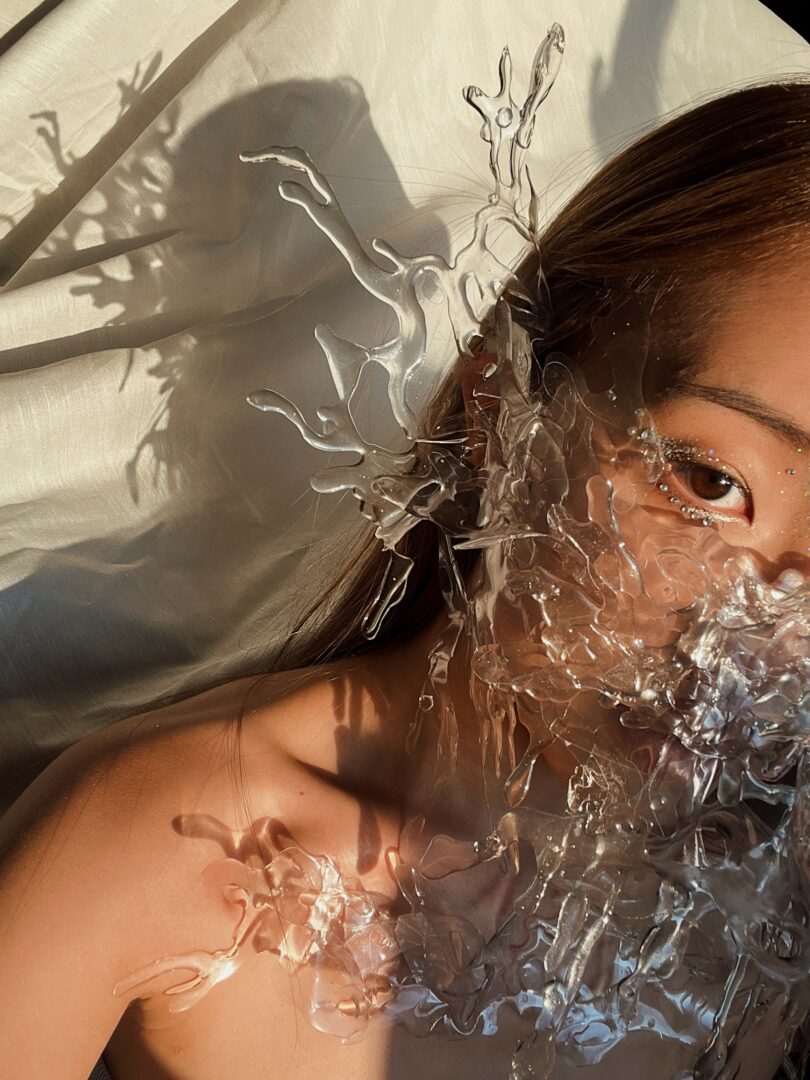
Looking back, what do you think were the three qualities, skills, or areas of knowledge that were most impactful in your journey? What advice do you have for folks who are early in their journey in terms of how they can best develop or improve on these?
One of the most impactful qualities in my journey has been staying humble. In a creative field where I’m constantly surrounded by other artists and designers, having a humble mindset allows me to truly absorb and learn from others’ work. It helps me see how they perceive the world, and in turn, reflect on the details I might have overlooked in my own life and practice.
The second would be insight—especially in our current world where technology evolves rapidly. With AI tools becoming incredibly advanced, generating high-quality visuals, animations, and even 3D content, it’s essential to stay alert, adapt, and remain sensitive to these shifts rather than resisting them.
Finally, I believe everything begins with passion. You need enough passion to spend sleepless nights perfecting a project, to keep going in a highly competitive environment, and to find joy in simply seeing your finished work. That passion becomes even more powerful when others connect with your work—it’s in those moments that you feel your value and start to shine, creating a cycle of motivation and growth.
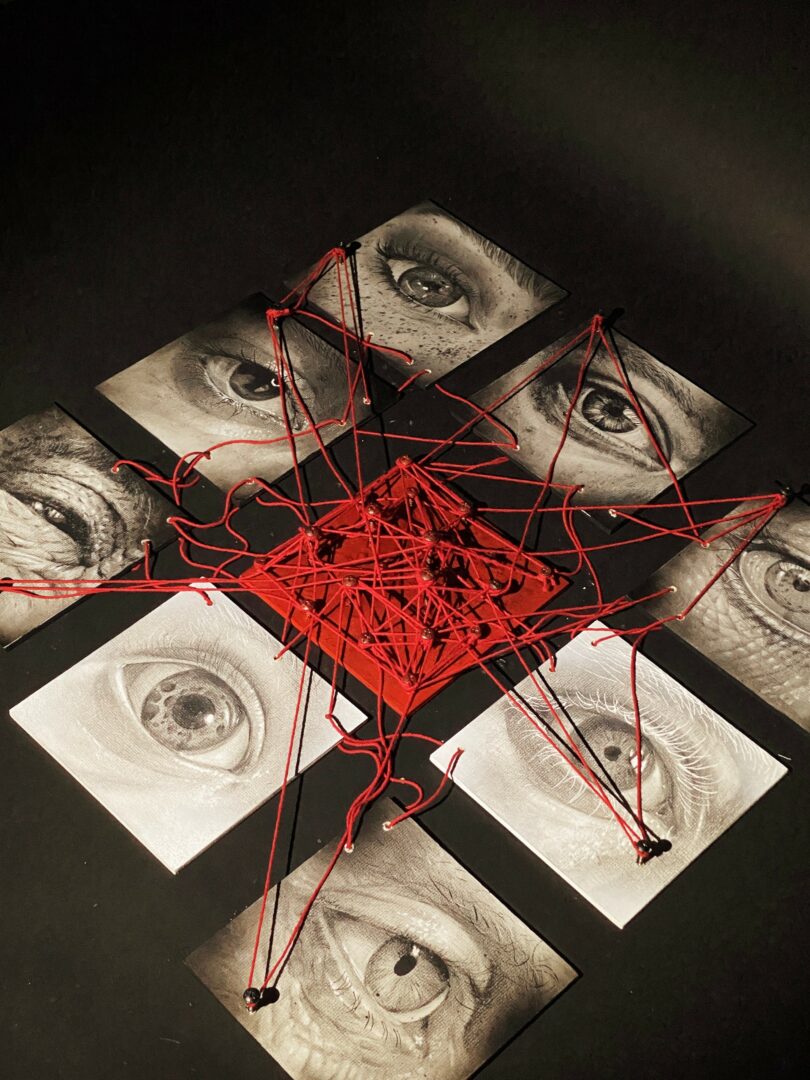
Do you think it’s better to go all in on our strengths or to try to be more well-rounded by investing effort on improving areas you aren’t as strong in?
I would say the first option—going all in on our strengths—is more important, and I believe this applies across any industry. First, it comes down to time efficiency. Developing skills in areas we’re not familiar with often takes significantly more time than working within areas we’re already comfortable in. You have to look up countless resources, follow tutorials, and put in hours of trial and error just to produce something relatively complete. But if you use that same amount of time to further develop something you’re already skilled at, there are fewer technical obstacles in your way. You can imagine more boldly and turn that imagination into reality with ease, often resulting in a higher-quality outcome.
Second, this connects to what I previously said about passion. If you’ve already gained a certain level of mastery in a field or skill, it usually means you’ve also invested a lot of passion into it. When people are working in areas they’re good at, they tend to feel more confident—and that confidence positively impacts how they communicate and collaborate in team projects. It’s not just about contributing ideas, but also being able to give critical suggestions, estimate project scale, manage time better, and even aim higher in terms of ambition and creative goals.
To share a personal example from school—I had never worked with CSS code before to build a website. At first, I really struggled because I’m more comfortable with visual composition and graphic design. I tried to follow the instructor’s workflow, but it often took me tens of hours just to achieve what I had in mind. In my final project, I ended up incorporating a lot of hand-drawn illustrations I created in Procreate into the website instead. As a result, I achieved much richer content in half the time it took me before.
That’s why I don’t believe in only staying within our comfort zone, but rather identifying what we’re good at and finding ways to integrate it into new areas. In the classroom or at work, we’ll always encounter unfamiliar tasks. The key is learning how to bring something solid—our strengths—into those uncertain spaces. That balance of certainty within uncertainty is, to me, the most important part of creative growth.
Contact Info:
- Website: https://www.cocosdesign.com/
- Instagram: https://www.instagram.com/jarinnn__/
- Linkedin: https://www.linkedin.com/in/coco-tsai-897aa131a/
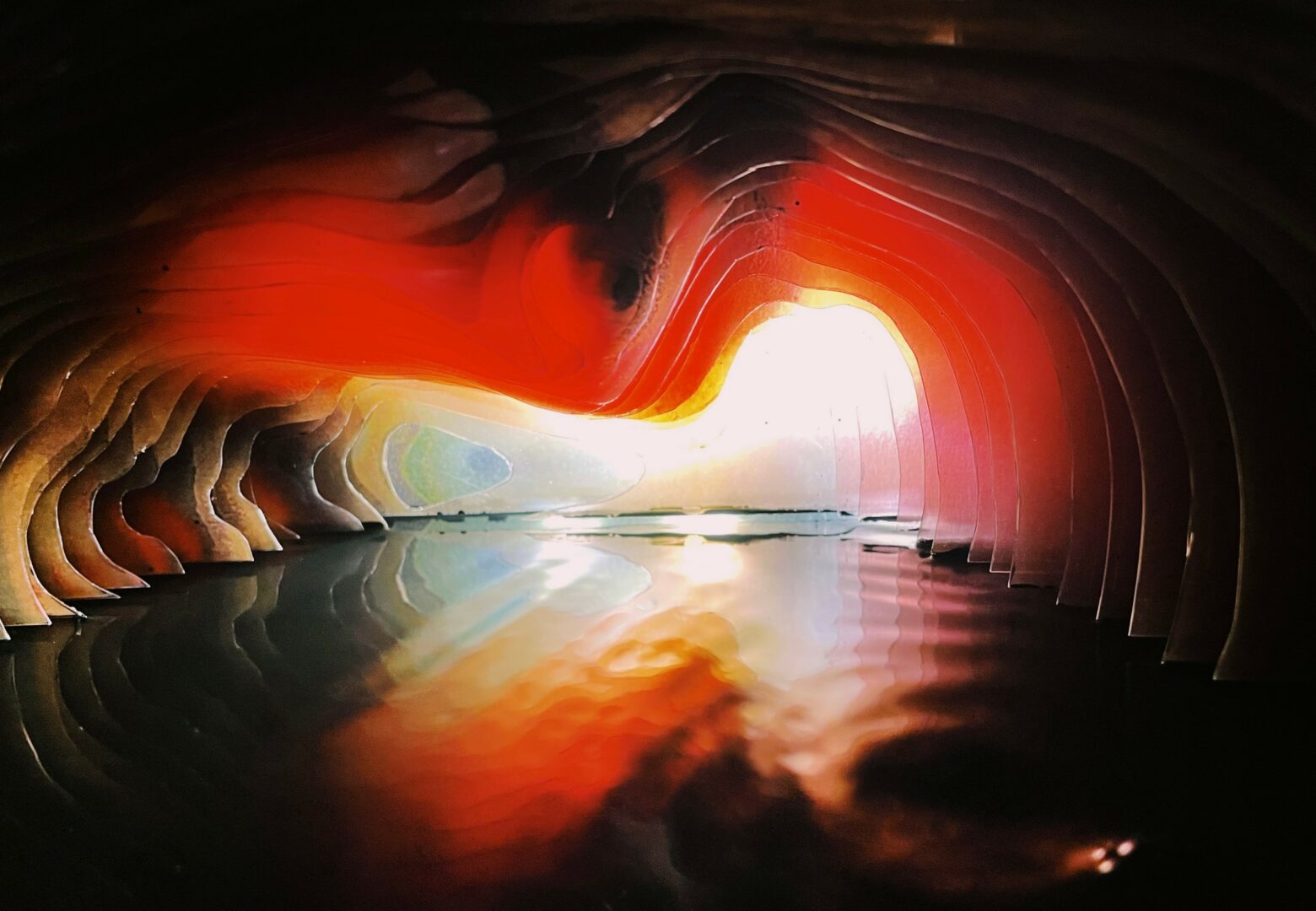
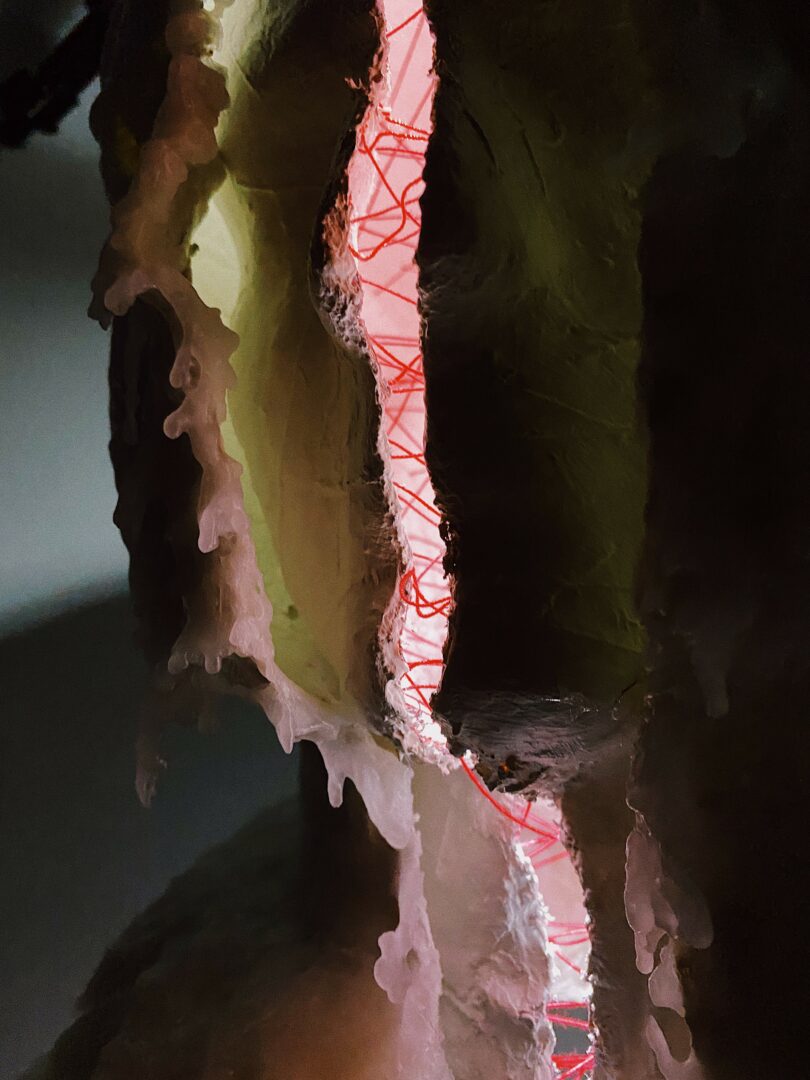
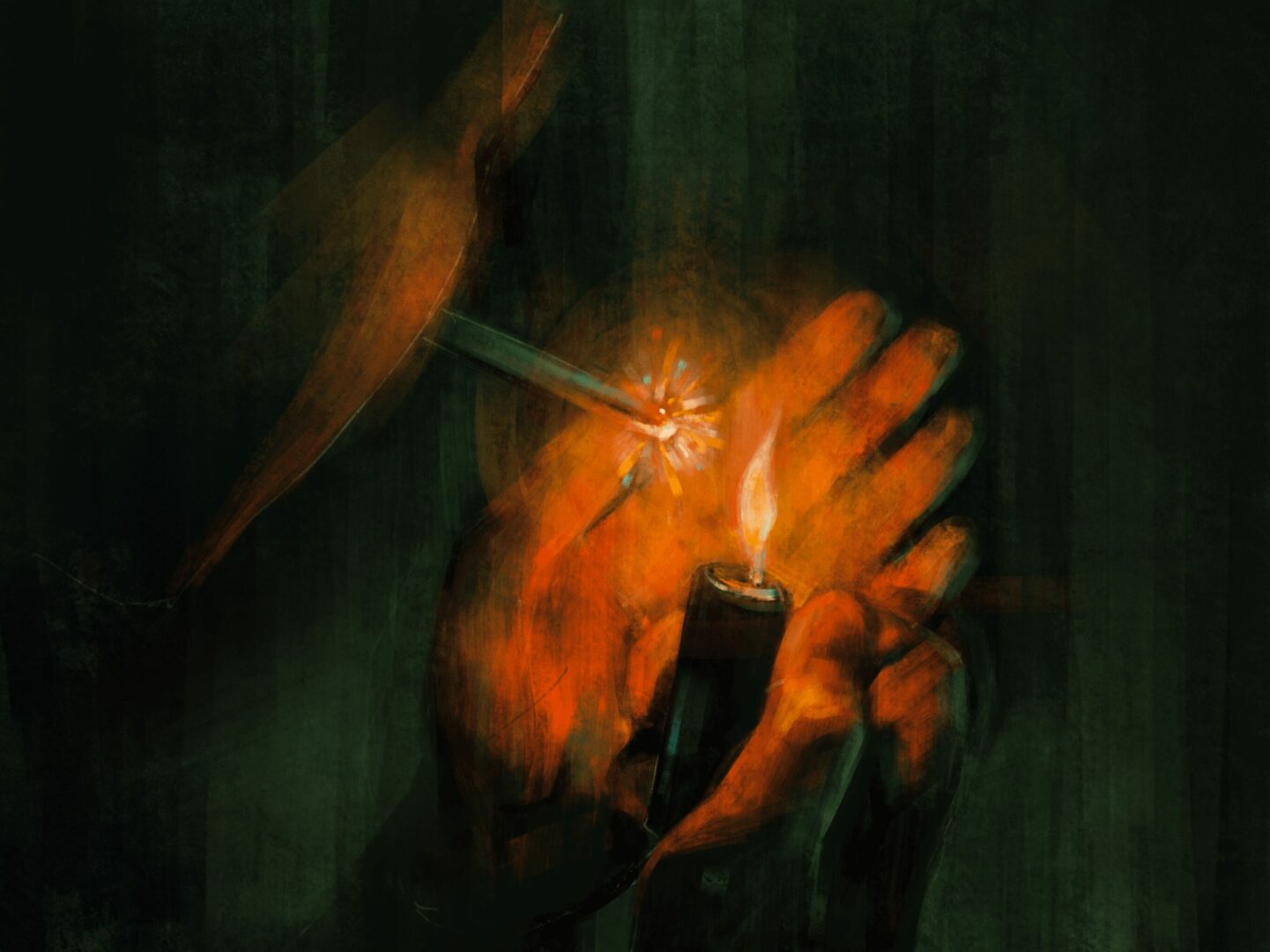
so if you or someone you know deserves recognition please let us know here.

